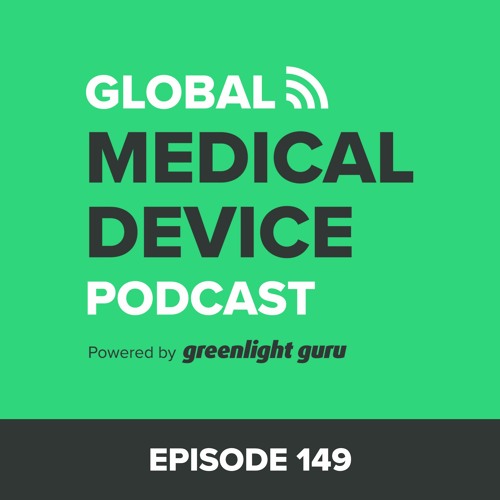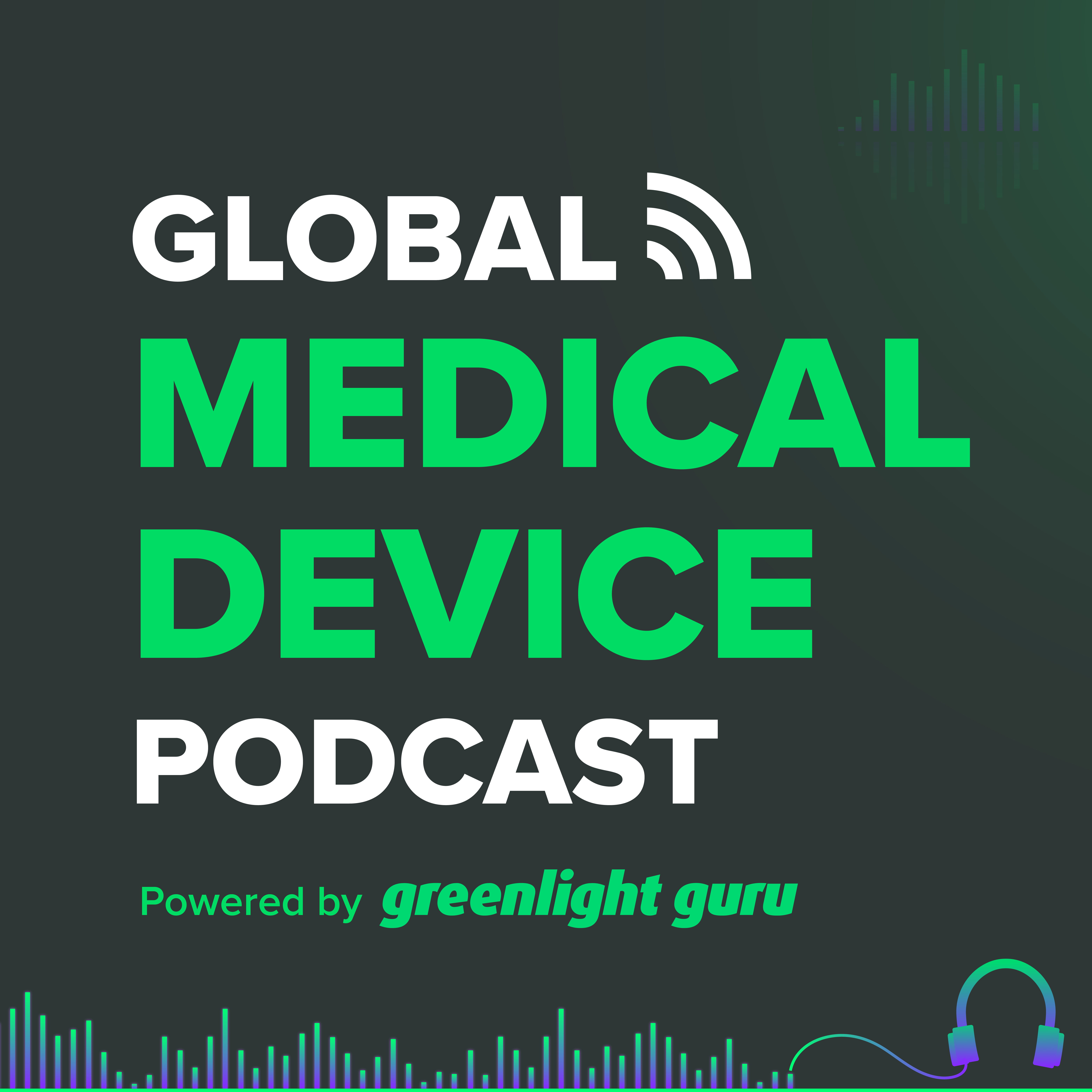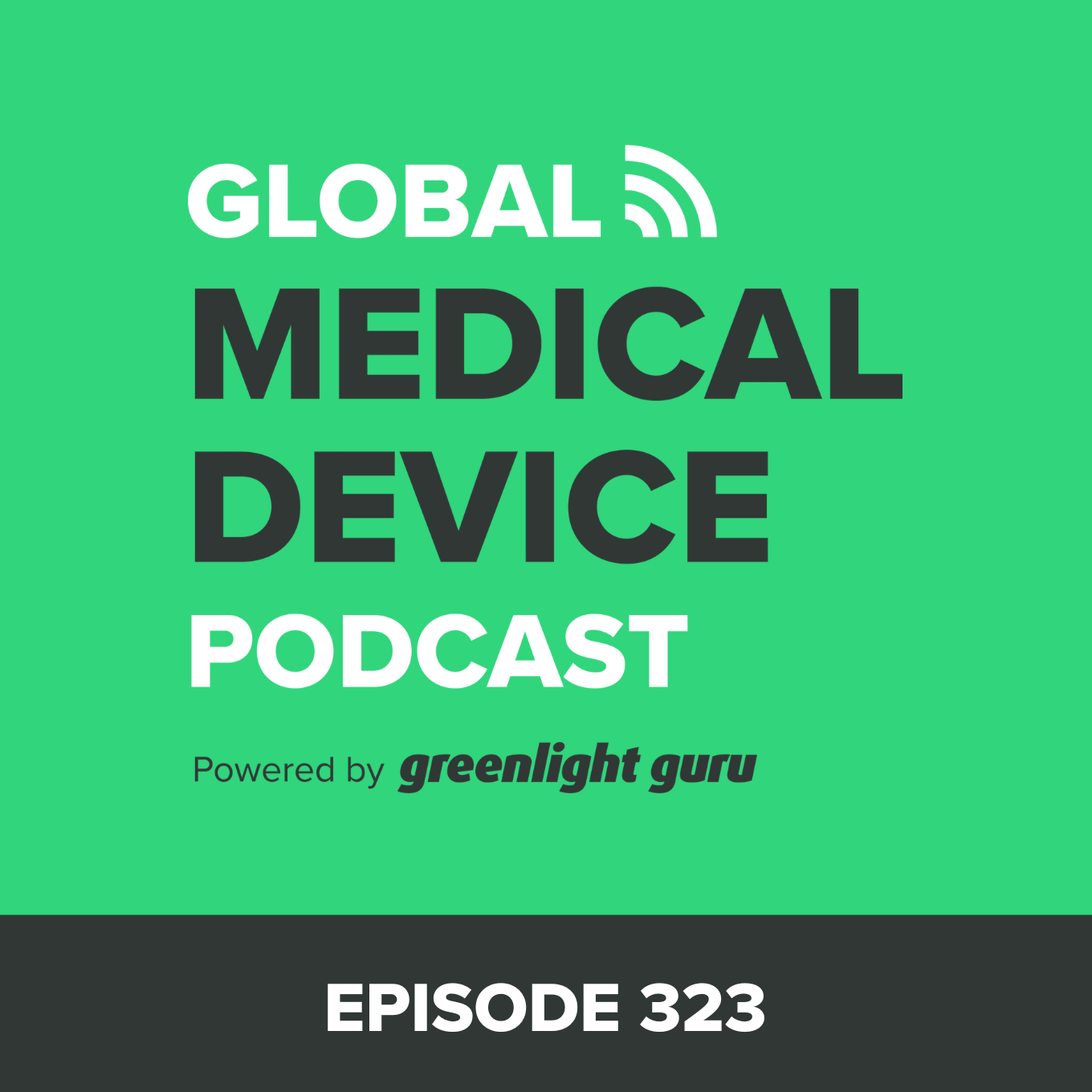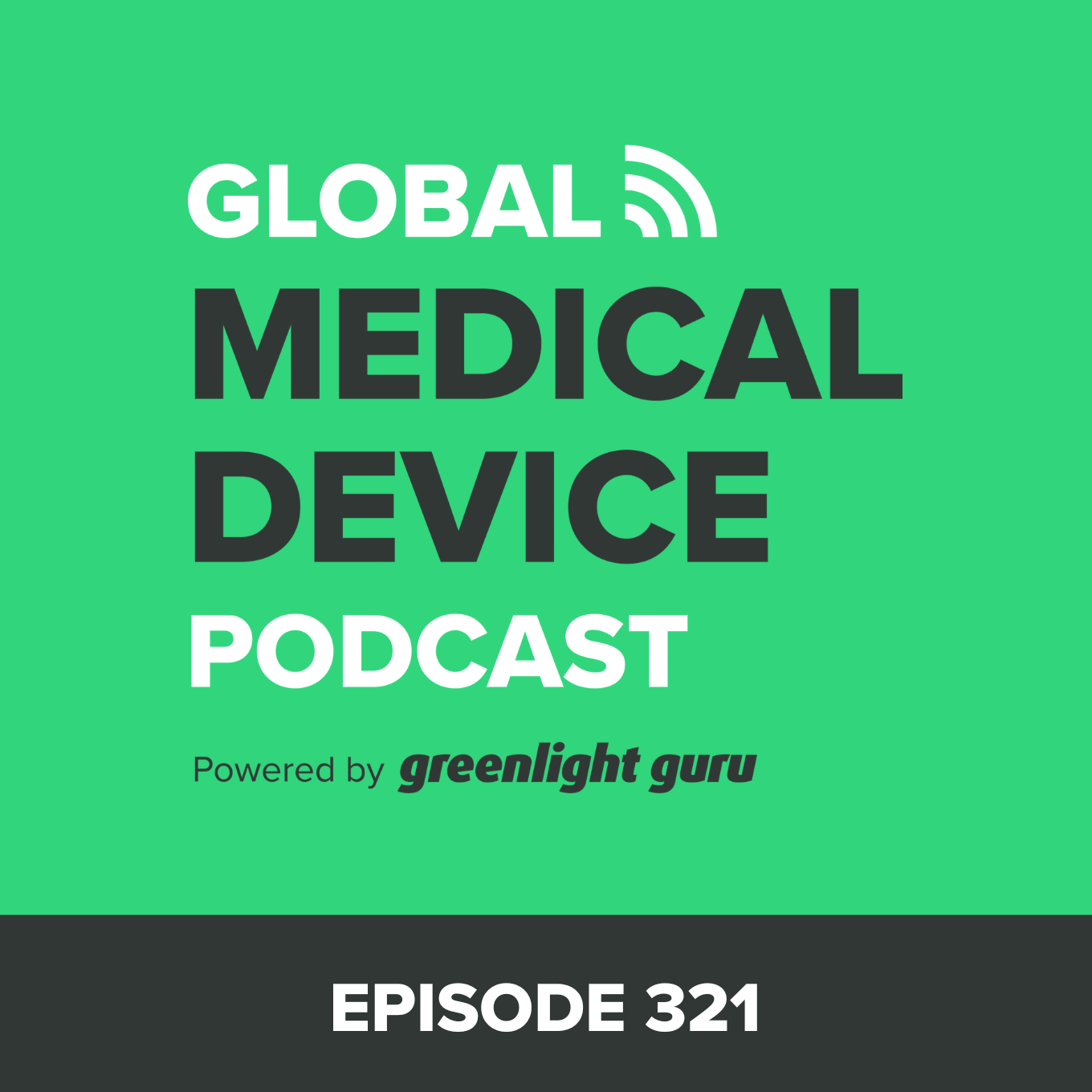Identifying the Positive and Negative Effects of COVID-19 on the Medical Device Industry
00:00
00:00
1x
- 0.5
- 1
- 1.25
- 1.5
- 1.75
- 2
This is a podcast episode titled, Identifying the Positive and Negative Effects of COVID-19 on the Medical Device Industry. The summary for this episode is: Most of us have read about, observed, participated in, and spoke with healthcare providers and medical device professionals collaborating during the COVID-19 crisis.
Creativity within reason can be an opportunity. Like many things in life, it’s not what happens to us that counts, it’s how we choose to respond. COVID-19 is not an excuse to cut corners.
In this episode of the Global Medical Device Podcast Jon Speer invites guest Mike Drues of Vascular Sciences to join the show. Together, they share their own COVID-19 observations and insights into what has gone right and wrong, so far, for the medical device industry.
Some of the highlights of the show include:
• COVID-19’s unintended consequences on the medical device industry include new and agile product development, but funding challenges for some startups.
• Emergency Use Authorization (EUA) is temporary, until the Secretary of Health and Human Services declares that the period of emergency is over.
• Why is funding and regulatory pathways easier for COVID-19 medical devices? Devices already on the market can be modified or changed for a COVID indication. However, the ability to manage investors’ expectations is important.
• Quick turnaround or years to go till getting back to business as usual? There’s always a need for short- and long-term opportunities to market medical devices.
• Clinical Trials and Investigations: Healthcare providers and hospitals are shifting and reallocating resources to address perceived demand related to COVID crisis.
• EUA equates to 510(k) due to underlying assumption of safety and efficacy, but EUA is not substantially equivalent to De Novo or PMA.
• Altruistic vs. Opportunistic Attitudes: Filter motives, products, and people to accomplish post-market surveillance obligations, especially for COVID devices.
• Lessons Learned: React accordingly, be proactive, address patient needs safely and effectively, and solicit feedback to improve quality of life.






